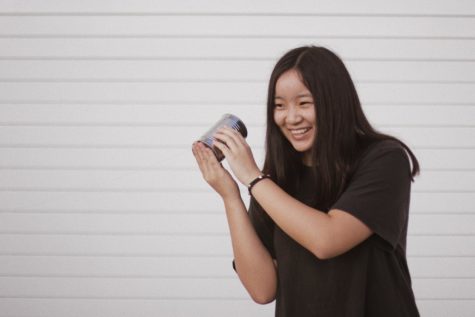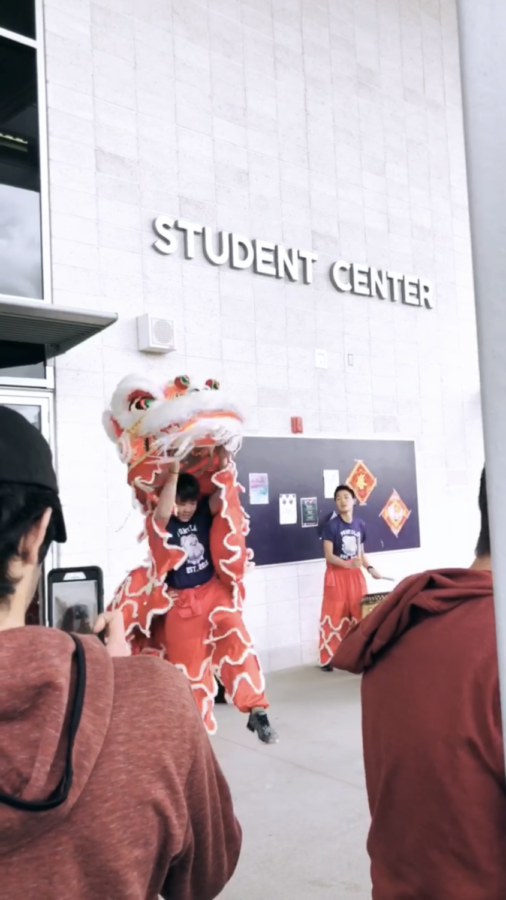Chinese Class Shines the Moonlight on Lunar New Year
Chinese 3 students perform a vivid, southern-style traditional lion dance to represent prosperity and harbor good luck for the new year.
Prior to the Lantern Festival on Feb. 19, students in all three levels of Chinese classes created projects to display in the Learning Commons. These projects not only highlight the Lunar New Year celebrations but also the contributions and impacts of Chinese culture in ancient and modern history.
“In Chinese 1, they do everything about Chinese New Year: the tradition, why people celebrate the way it is,” Chinese teacher Peggy Chu Ammermann said. “Chinese 2 is doing Chinese inventions. We have modern inventions and ancient inventions. And for Chinese 3, for the first time, we let them do the main dynasties, where they learn the differences and their impacts on world history.”
Although group projects remain the same year after year, this is the first year that there is school-wide demonstration honoring Lunar New Year. On Feb 5, Ammermann organized the lunchtime performances, displays and food with several Chinese families at Portola High. Chinese III student and sophomore Kevin Du performed with the drums in front of the Bulldog Commons accompanying two dragon puppet dancers.
The end of the Spring Festival is the Lantern Festival, which is the first full moon of the new lunar year. In addition to using the western Gregorian calendar, some Asian countries use the lunar calendar to track traditional holidays.
“[The Spring Festival] is the biggest because the Chinese like the circle, which means reunion,” Ammermann said. “The full moon represents the reunion of family and friends, so basically the old traditions follow the lunar calendar for major holidays.”
Your donation will support the student journalists of Portola High School. Your contribution will allow us to purchase equipment and cover our annual website hosting costs.

Jane Zou is a staff writer and resident cartoonist for the Portola Pilot. As one of the few sophomores in the production, Jane is excited to contribute...





